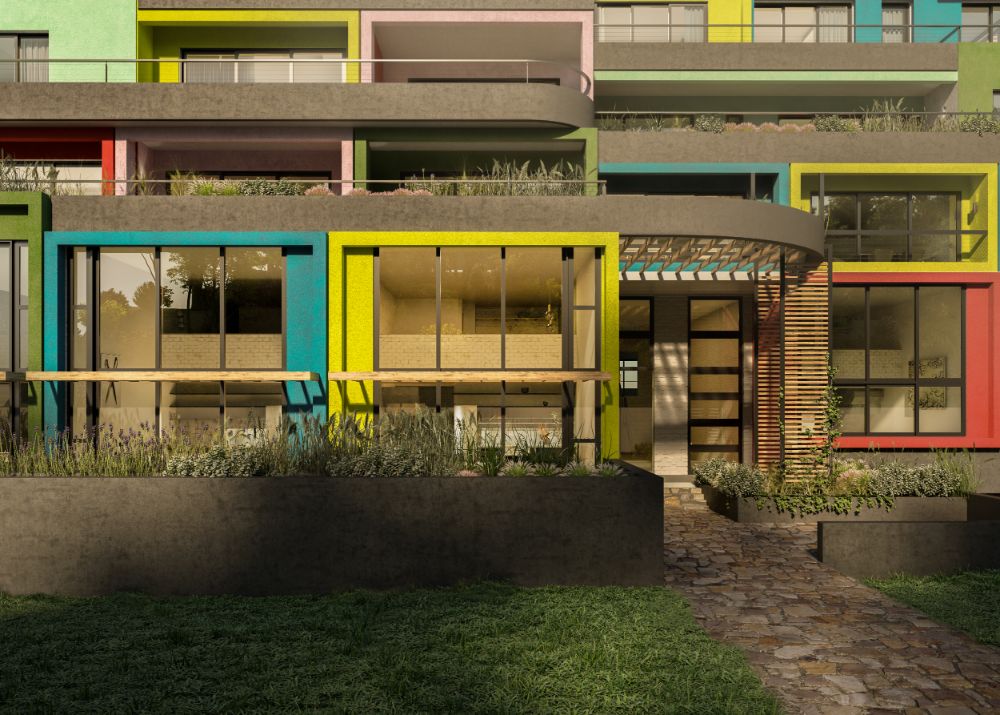Advertisement
It should seem unsurprising to most of us that urban space is at a growing premium. It’s been a growing trend across the world since the industrial revolution, but particularly so in the last few decades as people flock to urban areas.
The prospect of finding a large home in close proximity to the city is certain to be challenging in the future. The certainty of demand for this finite resource has meant an explosion of supply; apartment blocks and housing developments respond in record speeds. The potential side effects of this frenzy are twofold: our cityscapes become homogenised and uninspiring, and the notion of community fades into obscurity as neighbourly contact becomes a secondary concern to the maximum yield of tightly packed units.
The challenge to developers, architects and designers in the face of diminishing real estate is to remain human-oriented in spite of spatial limitations. Creating a comfortable home for a family of four is a fairly straightforward exercise on a sprawling plot of land. But reduce the square meterage and the challenge becomes vastly more complex, requiring even greater attention to every cubic metre of volume.
Limitation fosters creativity, and the increasingly challenged size of the average urban home is inducing some exciting new design paradigms. More and more, minimalism emerges as a logical response to limited space, fostering consideration for quality over quantity.
In the process of delineating personal space more innovatively, the danger of course, is isolation. In more and more urban developments around the world, compact living is counterbalanced with interwoven communal spaces. Active consideration for how people interact with one another is essential once the street or the stoep or the verandah is removed from the equation. Designing zones of human contact effectively tasks the designer with thinking beyond three dimensions, and entertaining the fourth: time.
Advertisement
How do people move throughout these corridors and stairways and lobbies and rooftops? Where might they see or encounter each other? What might facilitate pausing to connect with their fellow residents?
It’s an exciting time for conscious urban architecture.



